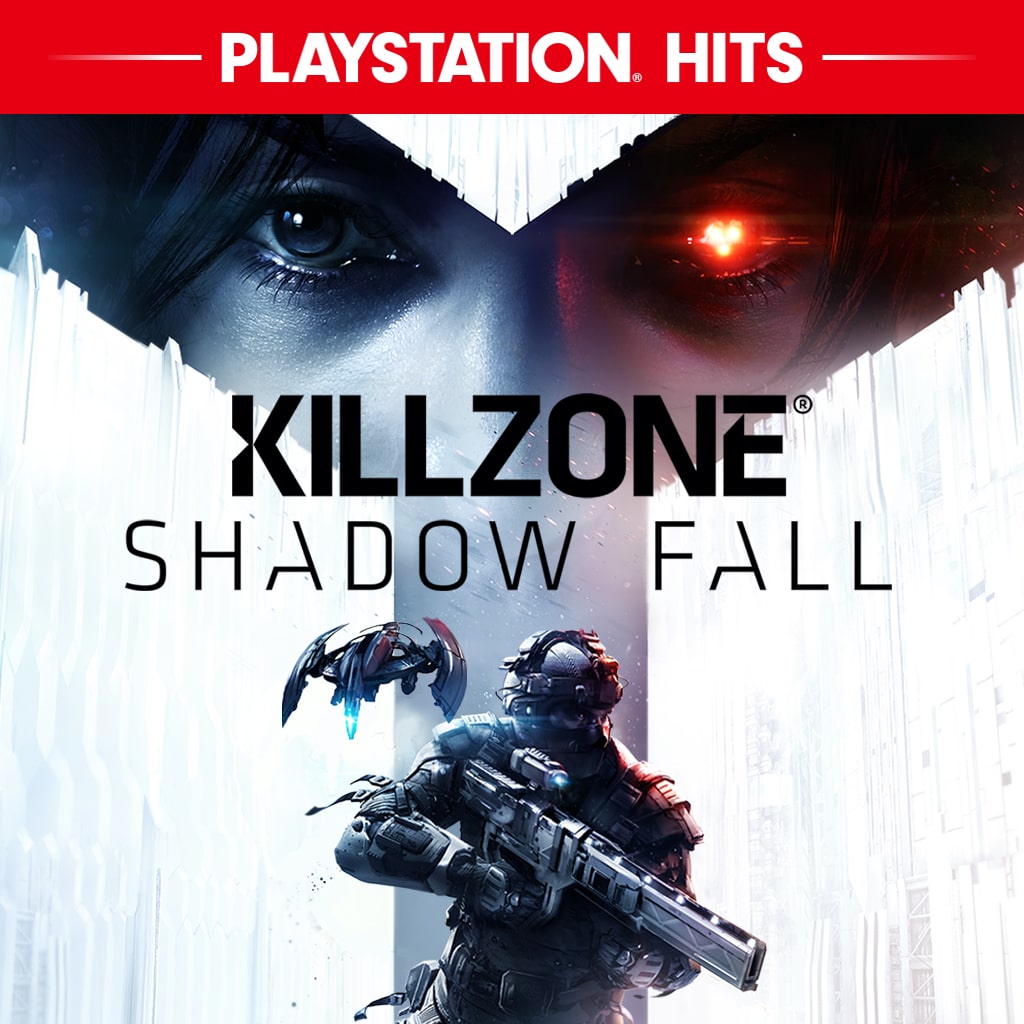

The Helghast have teeth too – there are hero units like cloaked snipers to contend with, as well as a pesky flying drone with tons of armor and machine guns backing them up. The former allows some utterly game-changing maneuverability, while a well-timed aerial attack can help kill a large number of enemies at the control points. You can also spend points to buy special abilities or attacks, like jetpacks for the team and aerial bombings.

You got to head back and bank that shit, man.” Then one of us would realize why that was so. We often ran into situations where we were doing pretty well, but our point total was still super low. It may have helped that we had 4 PS4s set up right next to each other so we could communicate freely just by virtue of being in the same room, but I imagine the same situation could be achieved through voice chat online.Īnother wrinkle is that you don’t earn points through kills immediately you have to go back to the base to bank your points to have them counted by the system. Our group of four dudes was tossing around phrases like “They’re coming up on B”, “Kill the drone!” and “Whiskey Sour Tango!” like we were military professionals. Success in Intercept was all about communication, I found. The only thing that changes with the classes is the abilities you can use in combat. I swapped out the default SMG for a shotgun as the primary weapon, but you are generally able to pick out your preferred loadout. I played as a Tactician, and once I learned the map I was able to keep the points well guarded by my turrets. The first two are offensive classes, while the Medic is the only character who can revive a downed player and the Tactician is unique in placing automatic sentry guns and shields. My tactician was the last man standing, and we didn’t have enough points banked to respawn any of the other players.įour human players must each choose to play as one of 4 classes: Assault, Marksman, Medic and Tactician. That’s why we had to restart so many times.

The goal is to earn a set number of points like 1,000 or 2,000, but the catch is that if you die without the medic reviving, spawning back in costs 150 of your banked points. Players earn points through enemy kills, but you get the most points by holding 3 different areas on the map, labeled A, B and C in true Killzone fashion. Your team fights against waves of enemies, but the number of waves aren’t important – it’s all about the points. You could call Intercept a sort of Gears of War Horde mode with a bit of the World of Warcraft battleground of Arathi Basin mixed in. I blew through my next appointment and I didn’t care. The next 35 minutes were pretty dang amazing. If it went sour as quickly as the last two attempts, I was going to go back to the bar. I was waiting to see a different game at the event and had time to kill, so I decided to try playing Intercept for a third time. Bak mumbled something about getting used to the rules of the mode, and admitted it was a bit more difficult than a casual shooter fan like myself might expect. He didn’t have a good soundbite-quality answer, honestly. I turned to the lead designer of the Intercept mode, Arjan Bak, and asked him point blank: “How is this fun?” We couldn’t get enough points to respawn the team so I was asked to commit suicide by running out to get slaughtered by Helghast. The next time the four of us played, two developers having designed the mode and two green journalists (myself included), the same result occurred. “You should just go out there and kill yourself so we can start over.” I reluctantly acquiesced. The first time I sat down to play Intercept at the Sony Playstation pre-E3 event last week in Los Angeles, Guerrila Games staffers told me we had to restart after only a few minutes. Intercept is not just another multiplayer coop Horde mode.


 0 kommentar(er)
0 kommentar(er)
